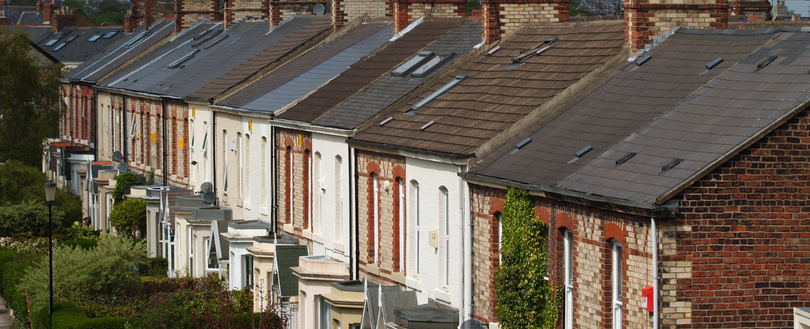
Fire Safety for Landlords: Safeguarding Your Tenants and Property
Like it? Share it!
26 November 2024
Fire safety compliance demonstrates your commitment to providing safe housing while minimising risks to tenants and property. This comprehensive guide outlines your responsibilities and actionable steps to maintain fire safety standards.
The Importance of Fire Safety in Rental Properties
Fires can devastate lives and properties. Beyond the obvious dangers to tenants, fire incidents can result in substantial financial losses, legal repercussions, and reputational harm. By proactively managing fire safety, landlords can mitigate these risks while fostering trust and reliability among tenants.
1. Installing Smoke and Carbon Monoxide Alarms
Equipping your property with reliable detection systems is fundamental to fire safety:
- Legal Obligations: In the UK, regulations require landlords to install at least one smoke alarm on every floor of a rented property and carbon monoxide alarms in rooms with solid fuel appliances. These alarms must be tested at the start of each tenancy.
- Best Practices: Invest in interlinked smoke alarm systems. When one alarm detects smoke, all connected alarms will sound, ensuring prompt awareness throughout the property. This system is especially crucial in multi-storey buildings.
Tip: Regularly test alarms and document checks to comply with legal requirements and reassure tenants.
2. Regular Safety Inspections: Prevention is Better Than Cure
Routine inspections help identify potential fire hazards:
- Electrical Safety: Examine wiring, sockets, and appliances for signs of wear and tear. Portable Appliance Testing (PAT) is an effective way to ensure the safety of electrical equipment provided in furnished properties.
- Escape Routes: Verify that escape routes are unobstructed, properly signed, and accessible at all times. Keep these routes free from clutter or locked doors that could delay evacuation.
Landlords should schedule annual inspections or more frequent checks depending on the property’s size and usage patterns.
3. Providing Fire Extinguishers and Fire Blankets
Equip your property with appropriate fire-fighting equipment:
- In Kitchens: Place a fire blanket and certified extinguisher to address grease fires, which are common in residential settings.
- Strategic Placement: Ensure extinguishers are visible, easy to access, and well-maintained.
While not mandatory in all rental properties, providing these tools demonstrates a proactive approach to fire safety.
4. Prioritising Certified Products
Fire safety equipment must be reliable. Choosing certified products ensures compliance and enhances tenant safety:
- Third-Party Certification: Look for equipment endorsed by recognised testing organisations. For example, BS EN standards indicate adherence to European safety benchmarks.
- Examples: Opt for certified smoke alarms, extinguishers, and emergency lighting systems. These products have been rigorously tested for performance and reliability.
Investing in quality equipment can save lives and protect you from legal claims.
5. Staying Updated on Regulations
Fire safety regulations evolve to address new challenges. Remaining informed about these changes is essential:
- Regular Review: Periodically consult resources from fire safety organisations like the Fire Industry Association (FIA) for updates on legal requirements and best practices.
- Expert Advice: Partnering with fire safety professionals can simplify compliance. They can conduct risk assessments, recommend equipment, and train tenants on evacuation procedures.
The Role of Fire Risk Assessments
A fire risk assessment evaluates the safety of your property and highlights areas requiring improvement. This includes all buildings which contain two or more sets of domestic premises, such as Houses in Multiple Occupation (HMOs). This process is a legal necessity. Even for single-occupancy rentals, following the guidance for a multi-occupied building can be regarded as best practice.
Building Trust Through Fire Safety
Demonstrating a commitment to fire safety reassures tenants, helps install trust and loyalty. Providing clear information about fire safety measures and encouraging tenant cooperation in maintaining these standards creates a safer and more harmonious environment.
Landlord Fire Safety Checklist
To simplify compliance, consider the following checklist:
- Smoke and CO alarms installed, tested, and documented.
- Certified fire extinguishers and blankets provided.
- Common escape routes clearly signed and accessible.
- Annual inspections completed and logged.
- Fire safety equipment certified and maintained.
- Fire risk assessment conducted and regularly reviewed.
To stay updated on fire safety news, sign up to our e-news today.
